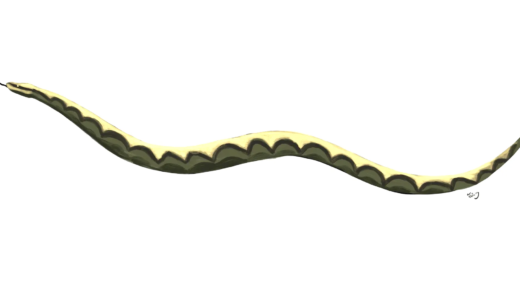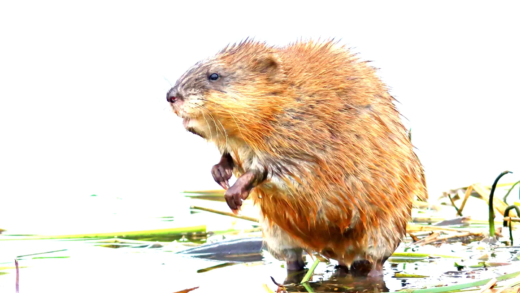Tessellations are patterns that fit together seamlessly, often explored in art and mathematics. M.C. Escher utilized tessellations to create visually stunning works that blend geometry and creativity. His influence is significant in both artistic and mathematical communities, showcasing the depth and potential of these patterns.
What Are Tessellations: A Simple Explanation
Tessellations are fascinating patterns that fit together perfectly without any gaps or overlaps. The term “tessellation” comes from the Latin word tessella, meaning a small square tile. These patterns can be created using various shapes, including squares, triangles, and hexagons. A key aspect of tessellations is that they repeat infinitely in two dimensions, making them visually captivating.
To understand how tessellations work, consider a jigsaw puzzle. Each piece must connect seamlessly with its neighbors to form a complete image. Similarly, in tessellations, shapes are designed to interlock, creating a cohesive pattern. This concept can be seen in many natural and man-made structures, from honeycombs in beehives to tiled floors in homes.
Shapes used in tessellations can be categorized into two main types: regular and irregular. Regular tessellations consist of one type of shape that covers a surface entirely. For example, a grid of squares or equilateral triangles creates a regular tessellation. Irregular tessellations, on the other hand, use a combination of different shapes. This variety can lead to more complex and visually interesting designs.
In summary, tessellations are all about shapes that fit together in a harmonious manner. Understanding this basic concept opens up a world of creativity and application, both in art and in practical settings. Whether you’re interested in creating your own tessellations or simply appreciating their beauty, they offer endless possibilities for exploration.
Common Shapes Used in Tessellations: From Squares to Hexagons
Tessellations utilize a variety of shapes, with some being more common than others. Understanding these shapes helps in creating unique patterns. The most popular shapes include:
- Squares: These are the simplest form of tessellations. They fit together perfectly in a grid pattern, creating a uniform look.
- Triangles: Equilateral triangles are frequently used in tessellations due to their ability to fill space efficiently. They can create dynamic patterns that change with orientation.
- Hexagons: Often seen in nature, such as in honeycombs, hexagons fit together seamlessly. Their six sides allow for a variety of tessellation designs.
- Pentagons: While less common, pentagons can also be used in tessellations. They create more complex and visually stimulating patterns.
- Irregular Shapes: Artists often experiment with irregular shapes to create unique tessellations. These shapes allow for creative freedom and can lead to unexpected designs.
In tessellations, the choice of shape influences the overall visual effect. For example, using squares might yield a classic and structured pattern, while irregular shapes can produce a more whimsical and artistic appearance. The combination of different shapes can also lead to intricate and captivating designs.
Ultimately, the shapes used in tessellations play a crucial role in their aesthetic appeal. By exploring various shapes, anyone can create stunning patterns, whether for artistic purposes or practical applications. Experimenting with these shapes can lead to endless creativity and enjoyment.
M.C. Escher and His Fascination with Tessellations
Tessellations, a captivating art form, found a unique champion in the Dutch artist M.C. Escher. His work delved deep into the visual effects of tessellations, transforming simple geometric shapes into intricate patterns that mesmerize viewers. Escher’s fascination with these patterns stemmed from his keen interest in mathematics and symmetry, elements that are fundamental to the concept of tessellations.
Escher often utilized shapes that not only fit together perfectly but also created stunning visual illusions. His famous works, such as “Sky and Water I” and “Reptiles,” showcase how tessellations can transcend mere geometry to evoke emotions and challenge perceptions. These artworks illustrate the seamless integration of art and mathematics, demonstrating that tessellations are more than just patterns; they are a form of storytelling.
The historical significance of Escher’s tessellation artwork is evident in how it influenced both artists and mathematicians. His innovative approach has inspired countless artists to explore the intersection of art and mathematics, leading to new techniques in visual arts and design. Escher’s legacy continues to be felt today, as modern artists frequently draw upon his techniques to create their own tessellations, pushing the boundaries of creativity.
Moreover, Escher’s work serves as a bridge between the abstract world of mathematics and the tangible realm of visual art. By showing how tessellations can create depth and dimension, he opened new avenues for artistic exploration. For anyone interested in tessellations, studying Escher’s work provides invaluable insight into the potential of these patterns to convey complex ideas and emotions.





Comments are closed.